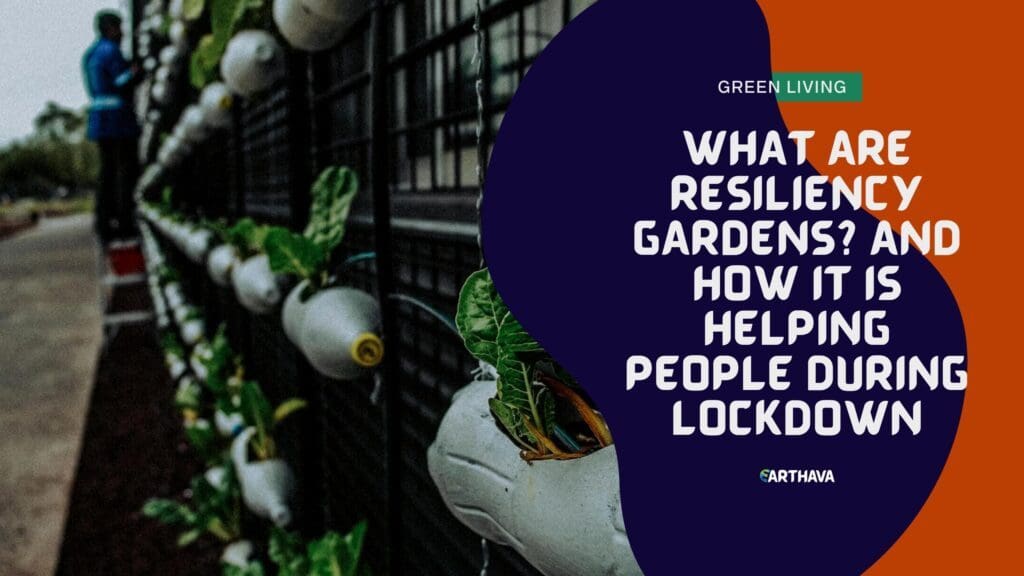The COVID-19 pandemic has spurred a lot of changes throughout society. Nearly all aspects of daily life have shifted as people adjust to deal with the consequences of the virus outbreak. Amid all the panic, some positive changes are emerging.

Across the country, community projects called “resiliency gardens” are popping up. These resiliency gardens are spaces where people can grow their own food within their community. Not everyone has access to a nearby farm, but almost anyone can develop a personal garden.
Community organizations and farmers’ markets are supplying people with the tools they need to start these gardens. With their help, residents can foster affordable, accessible sources of fresh produce. These gardens are trending at just the right time, as more people face food insecurity in the face of COVID-19.
Providing Food Amid COVID-19
As businesses close to complying with social distancing regulations, many people have lost their jobs. Since almost half of all Americans live paycheck to paycheck, this leaves many people facing dire poverty. This means more Americans may not have easy access to food anymore.
Resiliency gardens help these disadvantaged citizens by providing fresh produce when they need it most. In the middle of a virus pandemic, people require access to healthy food. But because of the economic effects of the outbreak, it becomes harder to find and buy these foods.
Growing your fruits and vegetables is cheaper than buying them, and more accessible. Resiliency gardens give people this option. Gardens tended and funded by a community can provide for those in the community who can’t otherwise afford fresh food.
With more support, organizations can provide communities with seeds and tools. That way, even the most impoverished groups can benefit from these gardens.
A History of Food Resiliency
Though the coronavirus outbreak is bringing new attention to resiliency gardens, this isn’t their first appearance. COVID-19 isn’t the first crisis to hit America, and Americans have realized the appeal of community-grown food before. You can trace this concept to as far back as the First World War.
In the late 1910s, the government urged people to grow food wherever they could. People called these home-grown agricultural projects, “war gardens” or “victory gardens.” Just as resiliency gardens ensure self-sufficiency and good security now, war gardens did the same for people in 1918.
When World War II began, the victory garden trend re-emerged. These gardens became so popular that they produced 40% of the country’s vegetables at their peak. Times of war aren’t the only times resiliency gardens have appeared in the past, either.
After Hurricane Sandy, community gardens in New York City helped neighborhoods recover. With an easily accessible fresh food source, you have one less thing to worry about during a crisis.
Starting Your Resiliency Garden
Starting a resiliency garden is an excellent way to help struggling members of your community. You don’t need any farming or gardening experience to establish one, either. All you need is a few supplies and some support.
You can get the materials needed to build a resiliency garden at any hardware store. Look for wood to make the bed, soil, seeds and if you want, things like lights and watering systems. You’ll need about two lighting bars per square foot of soil if you don’t want to rely on sunlight.
If you don’t feel confident about making your own bed for the garden, you don’t have to. Local organizations like BeautifulRVA are offering to build beds at zero cost for people establishing resiliency gardens. Look into your local community groups to see if anyone is offering a similar service.
The COVID-19 outbreak has put a lot of stress on people in several ways. But with resiliency gardens, disadvantaged communities don’t have to worry about food amid all the panic.


